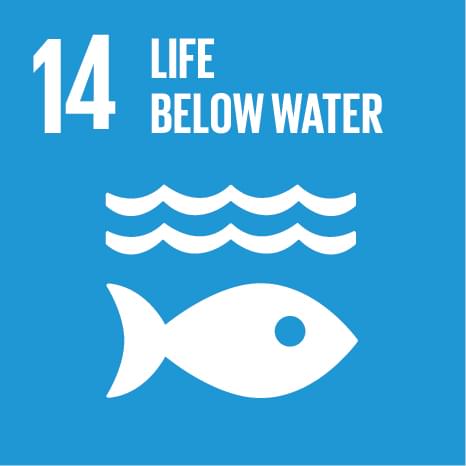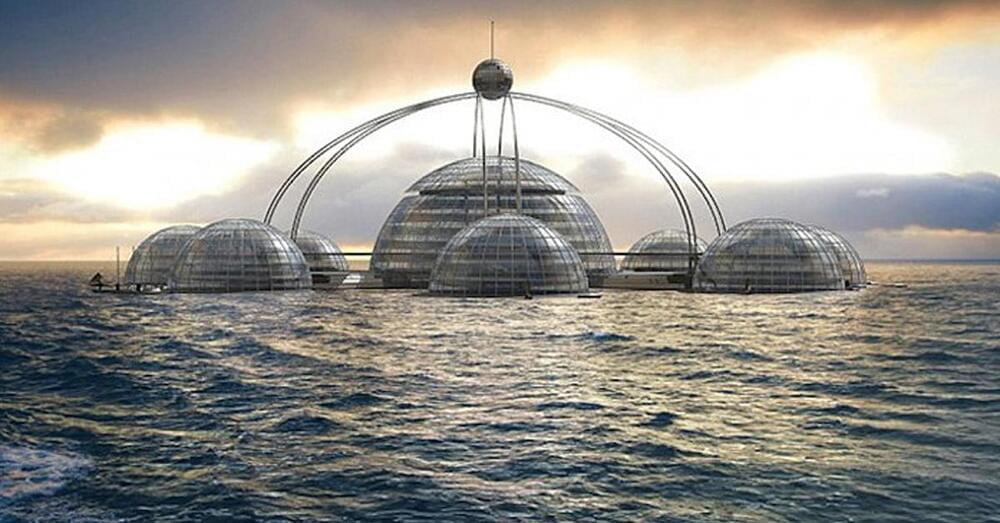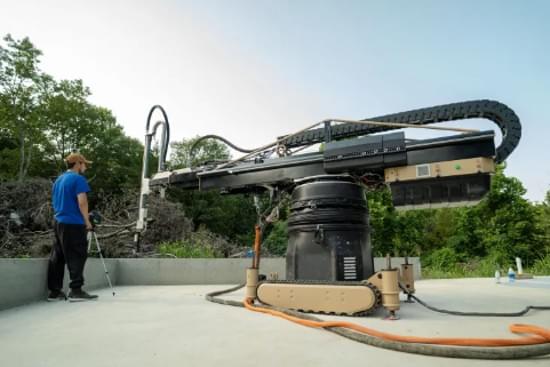
Our innovative ocean cleaning system is already removing plastic from the Pacific Ocean. Combined with our Interceptor river solutions deployed around the world, we aim to reduce floating ocean plastic by 90% by 2040.
Trillions of pieces of plastic float on the surface of our oceans, damaging habitats and contaminating food chains; a problem forecast to worsen exponentially as the stream of plastic flowing into the ocean from rivers increases. We address the plastic problem with a dual strategy: removing plastic that is already polluting the oceans, while also intercepting plastic in rivers to prevent it reaching the ocean and adding to the problem.
Throughout 2021 and 2022, our ocean cleaning system has been harvesting plastic from the Great Pacific Garbage Patch (GPGP), estimated to contain around 100,000,000 kilograms of plastic. Each branch of this strategy is essential to efficiently rid the oceans of plastic.

















